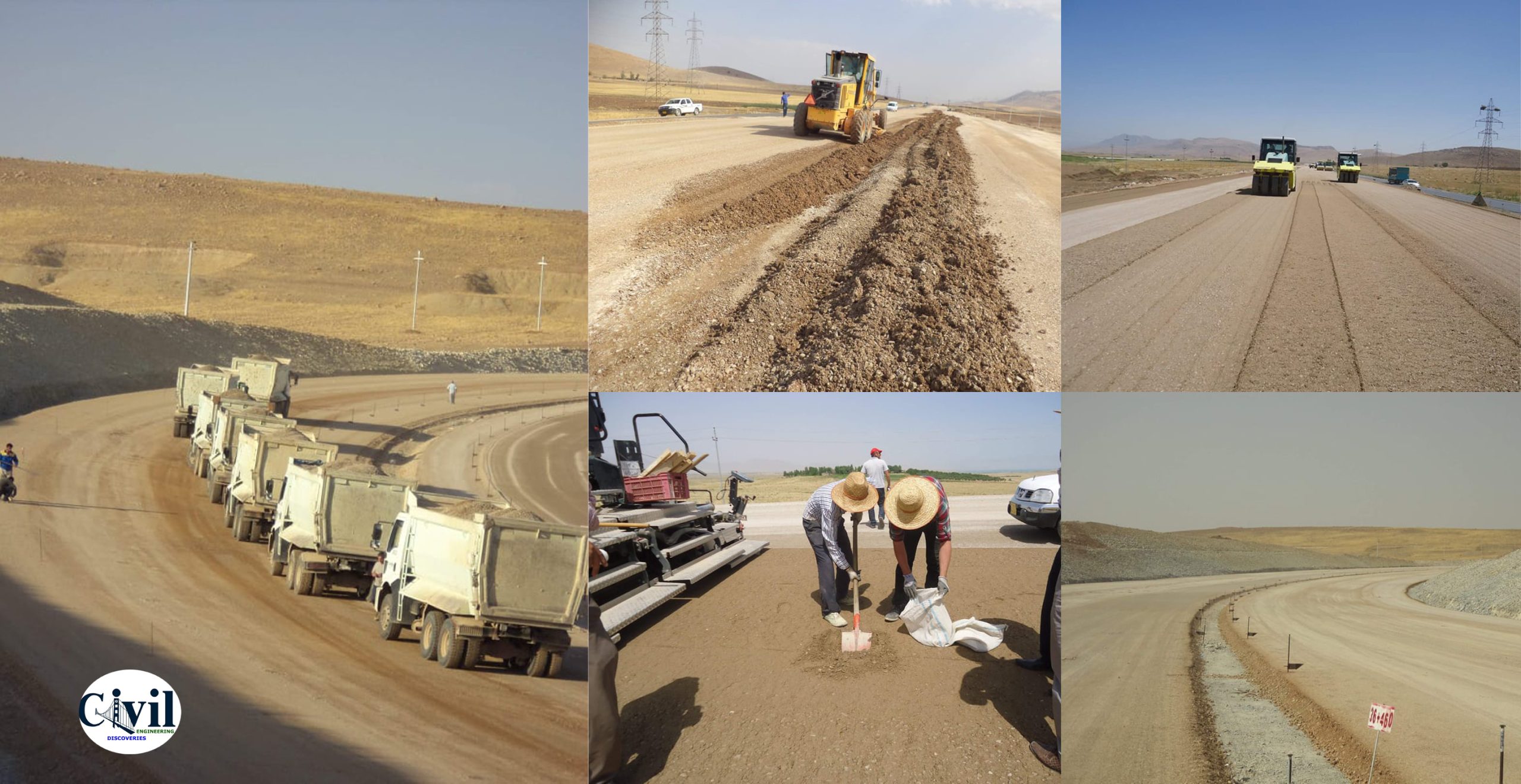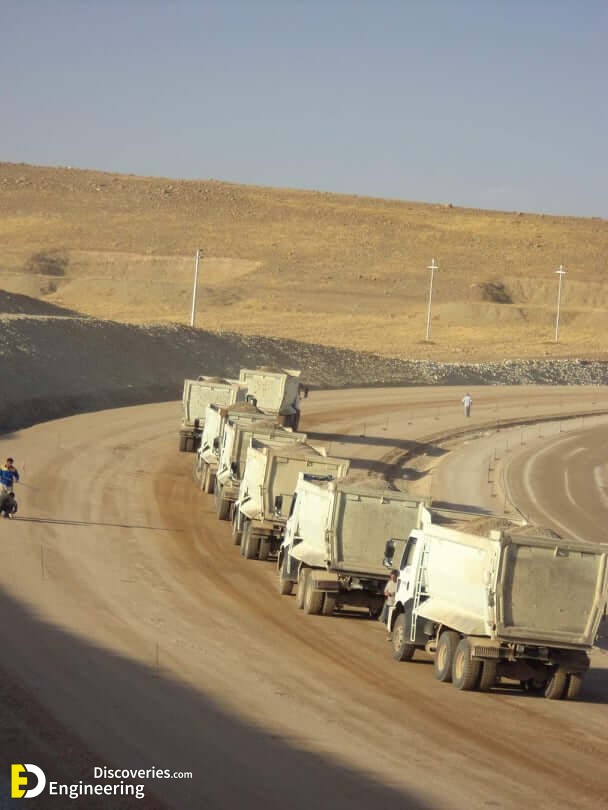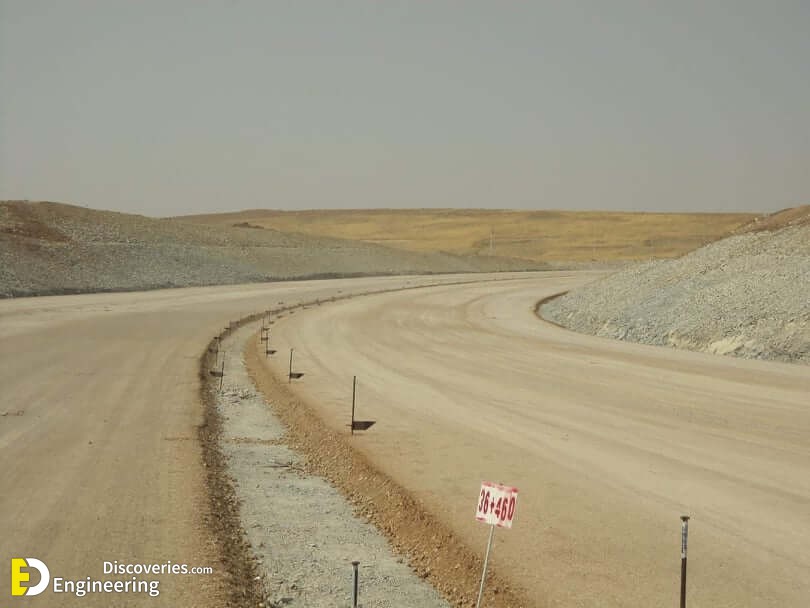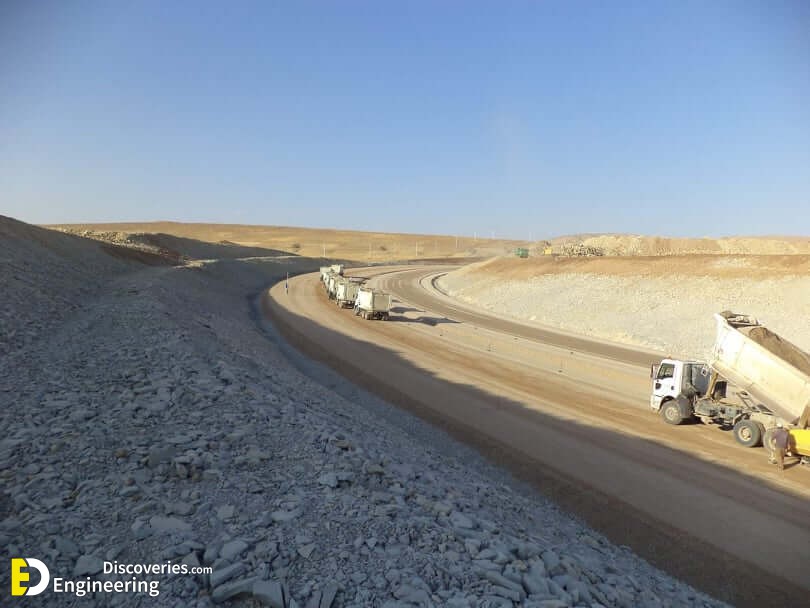The Materials shall consist of sand, gravel or a sand-grave mixture obtained from the source or sources, The sub-base material as finally graded and compacted to the correct profile on the subgrade shall comply with the following requirements:- Coarse Aggregate (that retained in 2mm (No. 10) sieve). Coarse aggregate shall consist of hard, durable particles or fragments of gravel free from dirt and other objectionable matter. It shall have a percentage of wear not exceeding 45 when tested in accordance with AASHTO standard method Fine aggregate (Passing the 2mm sieve). The fine aggregate shall consist of sharp natural sand or a well-graded mixture of sharp natural sand, silt, clay, and stone dust or other similar binding or filler materials from approved sources.
It shall not contain more than 2% of organic matter when tested in accordance with test No. 8 or BS 1377. Soluble salts shall not be more than 10% when tested according to the Earth Manual of U.S Bureau or The sulphate content in terms of SO3, shall not be more than 5% by weight when tested in accordance with BS 1377 ( gypsum content equals to 10.75%). The content of clay lumps (AASHTO T 112) shall not be more than 0.25%. The fraction passing the 0.075mm (No. 200) sieve shall not be greater than material passing the 0.425mm (No. 40) sieve.
Property Standard Method Maximum Liquid Limit AASHTO T99 25% Plasticity index AASHTO T90-70 6% * When used for shoulders of roads without an impervious surfacing, and for a subbase layer which is kept uncovered as the surface course for several years, the liquid limit should not exceed 35% and the Plasticity index should fall in the range 4% to 9%. *there four types Type A, B, C, D. * The California Bearing Ratio for Types A, B, C and D when tested in accordance with ASTM using modified compaction shall not be less than %45 for type A, 35% for type B, 30% for type C, and 20% for type D at 98% of the maximum density established according to AASHTO T180 or ASTM D 1557. * Weather limitations Sub-base shall be constructed only when weather conditions do not detrimentally affect the quality of the finished formation.
It shall not be placed when the temperature is below 3°C. Any area of the sub-base that is damaged by the effects of freezing temperatures or other weather conditions during any phase of construction shall be completely scarified, re-shaped and re-compacted in conformance with the requirements of this Specification. * Placing and spreading Where the sub-base course thickness exceeds 20cm, it may be constructed in two or more layers of equal thickness depending on-the compaction equipment available. * Mixing Mixing shall be accomplished in one or more passes of the mixer through the material, but in any event shall be continued until the resulting mixture is entirely uniform and of proper moisture content If at any time the material is excessively moistened during construction, it shall be aerated by re-mixing until the moisture content is acceptable.
Areas of segregated material shall be corrected by removing and replacing with satisfactory material or by re-mixing. * Compaction Each layer shall be compacted until the entire depth of the course is at least 95 per cent of density at optimum moisture as determined by AASHTO T180-74 or 95 per cent of the maximum dry density achieved in the BS Compaction Test 4-5kg rammer (Test 12) in BS 1377(1975). Compaction shall be completed as soon as possible after the material has been spread.
The surface of any layer of material shall on completion of compaction be well closed, free from movement-under compaction plant and from compaction planes, ridges, cracks or loose material. All loose, segregated or otherwise defective areas shall be made good to the full thickness of layer and re-compacted. * Thickness and finish The surface of each sub-base course shall be properly shaped to a smooth uniform surfaced parallel to the finished surface of the carriageway and shall not vary more than 2cm when tested with a 4m straight edge. The entire work must be constructed to the exact position and level in conformity to the lines and grades shown on the Drawings. The tolerance for level is + 1 cm to -2)cm.
The completed sub-base courses will be tested for the required thickness and surface before acceptance. The tolerance for thickness is +10% to,-15%, where any tolerance is exceeded shall be rectified by scarifying the top 7.5mm, reshaping with added material and re-compacting all to the Specification. This area treated shall be not less than 30m long and 2m wide.








